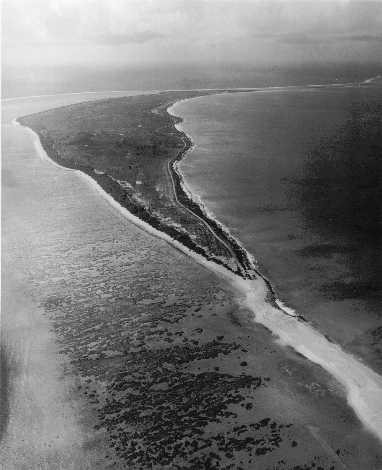On March 7, 1946, a significant event unfolded as the United States military initiated the evacuation of the inhabitants of Bikini Atoll in the Marshall Islands. This relocation was a pivotal step in the commencement of a series of nuclear tests that would significantly alter the course of the island’s history over the next few years.
Bikini Atoll, also known as Eschscholtz Atoll, holds a significant place in history as one of the 23 islands in the Marshall Islands. Archaeologists have traced the island’s early inhabitants back 3,600 years, marking it as a site of enduring human habitation. The island’s history is rich and varied, having been home to several settlers, with the most notable being the Japanese, who took control in 1914 during WWI. Despite being administered through the South Seas Mandate, the islanders maintained their unique culture and way of life.
During WW2, Japan utilized Bikini Atoll’s strategic location to become a watch post against American invasion. The island remained relatively untouched during the war until February 1944, when a bloody battle left just five Japanese soldiers on the island who later committed suicide instead of being captured. For the remainder of the war, the island served as a military site, with islanders living in tents next to the US Navy’s concrete runway for six months.
Despite the challenges, the islanders demonstrated remarkable resilience. Unfortunately, their lives were disrupted once more after WW2. Twenty-three different nuclear tests were conducted at Bikini Atoll between 1946 and 1958, leading to the relocation of the 167 residents to Rongerik Atoll to prevent radiation exposure. However, the new location was not as fertile, and the people faced starvation within two years. They were then relocated to Kwajalein Atoll. The islanders had to move several more times before they finally returned to Bikini Atoll in 1970.
In September 1978, the island tested unusually high in cesium-137, a deadly form of radiation. Scientists deemed the island unsafe, forcing the islanders to relocate once more. The US has since taken responsibility for the damage and has begun to pay reparations. However, the health and reparations issues are ongoing, with the 2,800 islanders and their descendants living in Kili, Majuro and the US.

